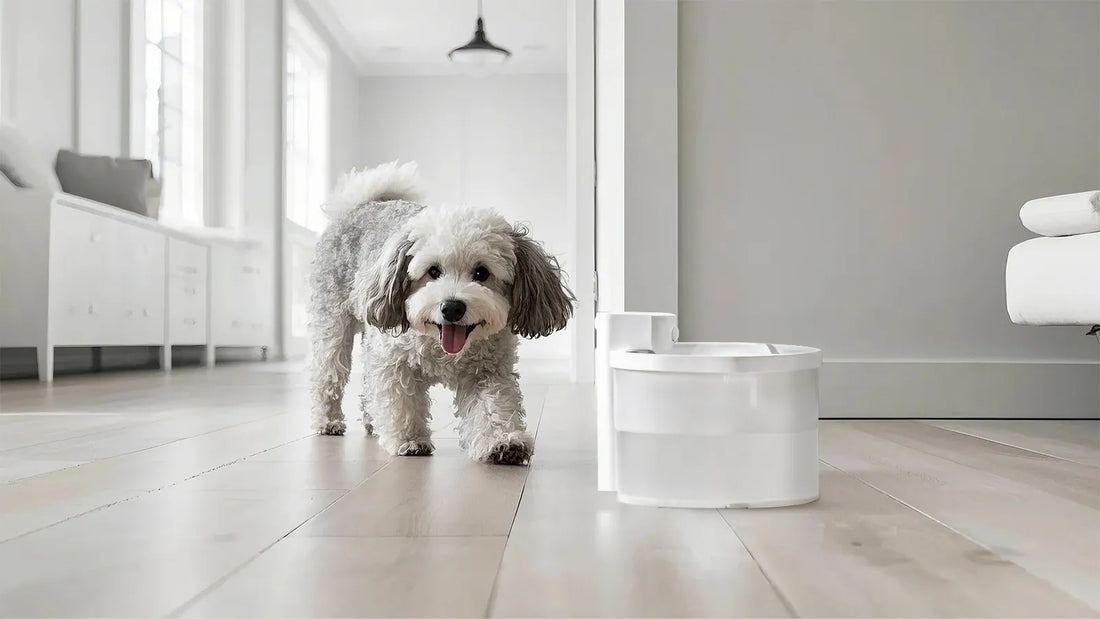Dog anal gland cleaning is a topic that many pet owners shy away from, but it's an essential aspect of canine care that can prevent discomfort and health issues for your furry friend. Whether you're a seasoned dog owner or new to the world of pets, understanding the importance of this procedure and how to perform it correctly can make a significant difference in your dog's well-being.
Why Dog Anal Gland Cleaning is Important
Anal glands, also known as anal sacs, are small glands located on either side of a dog's anus. These glands produce a foul-smelling fluid that is typically expelled during bowel movements. However, sometimes these glands can become impacted or infected, leading to discomfort, pain, and even more severe health issues if left untreated. Regular cleaning and maintenance can help prevent these problems and keep your dog healthy and happy.
Signs Your Dog May Need Anal Gland Cleaning
It's crucial to recognize the signs that your dog may need anal gland cleaning. Some common indicators include scooting (dragging their bottom along the ground), excessive licking or biting at the anal area, a foul odor, swelling or redness around the anus, and difficulty defecating. If you notice any of these signs, it's essential to address the issue promptly to avoid further complications.
How to Clean Your Dog's Anal Glands at Home
While it's always recommended to consult with a veterinarian for professional advice, many pet owners choose to clean their dog's anal glands at home. Here's a step-by-step guide to help you through the process:
- Gather Supplies: You'll need gloves, paper towels, a mild pet-safe cleanser, and a calm, comfortable environment for your dog.
- Position Your Dog: Place your dog in a comfortable position, either standing or lying on their side. Ensure they are calm and relaxed before proceeding.
- Locate the Anal Glands: Gently lift your dog's tail to expose the anus. The anal glands are located at the 4 o'clock and 8 o'clock positions around the anus.
- Apply Gentle Pressure: Using your gloved hand, apply gentle pressure to the glands, moving from the outside inward. Be cautious not to apply too much pressure, as this can cause discomfort or injury.
- Clean the Area: Once the fluid has been expressed, use a mild cleanser and paper towels to clean the area thoroughly. Ensure that the area is dry to prevent irritation.
- Reward Your Dog: After the procedure, reward your dog with a treat or praise to create a positive association with the experience.
When to Seek Professional Help
While home cleaning can be effective, there are instances where professional help is necessary. If your dog shows signs of severe discomfort, swelling, or infection, it's crucial to seek veterinary care immediately. Additionally, if you're unsure about performing the procedure yourself, consulting with a veterinarian can provide peace of mind and ensure your dog's safety.
Preventing Anal Gland Issues
Prevention is always better than cure, and there are several steps you can take to reduce the likelihood of anal gland problems in your dog. Ensure your dog has a balanced diet with adequate fiber, as this can promote regular bowel movements and help naturally express the anal glands. Regular exercise and maintaining a healthy weight can also contribute to overall anal gland health.
Common Myths About Dog Anal Gland Cleaning
There are several misconceptions surrounding dog anal gland cleaning that can lead to confusion among pet owners. One common myth is that all dogs require regular anal gland cleaning. In reality, many dogs naturally express their anal glands during bowel movements and may not need additional cleaning. Another myth is that anal gland cleaning is a painful procedure. While it can be uncomfortable if not done correctly, proper technique and care can minimize discomfort for your dog.
Understanding the Risks
While dog anal gland cleaning is generally safe when done correctly, there are potential risks to be aware of. Over-cleaning can lead to irritation or infection, while improper technique can cause injury to the anal area. It's essential to follow proper guidelines and seek professional advice if you're unsure about the procedure.
The Role of Diet in Anal Gland Health
Diet plays a significant role in maintaining your dog's anal gland health. A diet rich in fiber can help promote regular bowel movements, which in turn can assist in the natural expression of the anal glands. Consider incorporating high-fiber foods or supplements into your dog's diet, but always consult with a veterinarian before making any significant dietary changes.
How Often Should You Clean Your Dog's Anal Glands?
The frequency of dog anal gland cleaning can vary depending on the individual dog and their specific needs. Some dogs may require cleaning every few weeks, while others may only need it occasionally. It's essential to monitor your dog's behavior and consult with a veterinarian to determine the appropriate cleaning schedule for your pet.
Tips for a Stress-Free Experience
Cleaning your dog's anal glands can be a stressful experience for both you and your pet. To make the process as smooth as possible, ensure that you're in a calm and quiet environment. Use positive reinforcement, such as treats and praise, to create a positive association with the procedure. Additionally, take your time and be gentle to minimize any discomfort for your dog.
Final Thoughts
Dog anal gland cleaning may not be the most glamorous aspect of pet ownership, but it's a crucial part of ensuring your dog's health and comfort. By understanding the importance of this procedure, recognizing the signs that your dog may need cleaning, and following proper techniques, you can help prevent discomfort and health issues for your furry friend. Remember, when in doubt, always consult with a veterinarian to ensure the best care for your pet.













